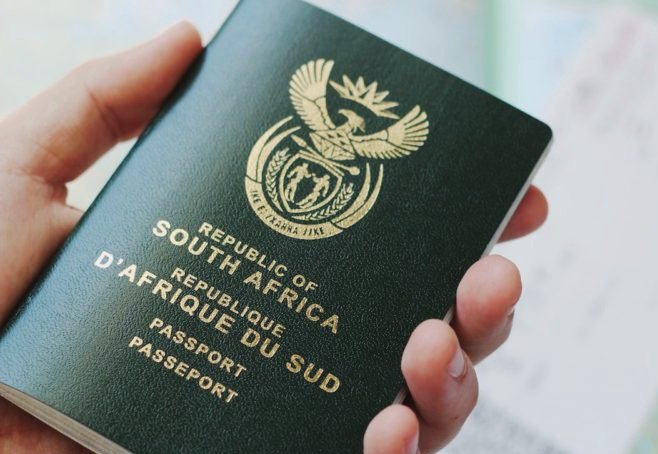South Africa’s iconic but vulnerable green ID book has officially been put on death row. Home Affairs Minister Leon Schreiber has declared that the government aims to completely phase out and stop using the old barcoded identity document by the end of 2029, with production set to cease as early as the end of this year.
The reason? Rampant fraud. Minister Schreiber minced no words, stating the green book is “highly susceptible to fraud” and “the most defrauded form of identity document in Africa.” Speaking on a recent podcast, he highlighted its role in countless identity theft cases, particularly within financial services.
Despite the Department of Home Affairs (DHA) issuing nearly 30 million secure Smart ID cards since 2013, a staggering 18 million South Africans still rely on the green book.
Schreiber acknowledges a major barrier: access. A significant hurdle is that roughly a quarter of the 430 Home Affairs offices nationwide still lack the live-capture technology needed to issue Smart ID cards, forcing citizens in those areas to stick with the outdated, insecure green book.
Expanding access via banks
To speed up the transition, the DHA is working with South Africa’s major banks to expand eHomeAffairs services, enabling people to apply for smart IDs and passports at selected bank branches — without visiting traditional Home Affairs offices.
Currently, 30 bank branches across Standard Bank, FNB, Nedbank, Absa, Discovery Bank, and Investec offer these services, with plans to expand to 100 branches by March 2026.
As Schreiber pointed out, the goal is to leverage the banks’ existing infrastructure – cameras, fingerprint scanners, and secure IT platforms – to create a seamless, online application process accessible potentially at every bank branch. “Once we get it right, there’s no reason that every bank branch can’t offer it. It becomes an online integrated system. All you need is a camera and a fingerprint scanner,” he added.
He emphasised security would remain paramount: “Home Affairs will still control the pipeline. You will still need your face and your fingerprint. We will control the safety. It is far safer to do so digitally than to have a person there.”
Tech breakthroughs & the digital horizon
Schreiber also highlighted a recent technical fix: 1.4 million naturalized South Africans and permanent residents, previously blocked from applying, can now obtain Smart IDs. Furthermore, he painted a picture of the future where the physical card itself may become obsolete: “The minister envisions a digital ID that would eliminate the need for a physical smart card, allowing people to use their smartphones instead.”
The challenge ahead
Achieving universal Smart ID enrollment by 2029 requires overcoming significant hurdles: finalizing complex public-private partnership agreements with banks, modernizing the remaining Home Affairs offices, and ensuring the technology integration is robust and secure. Staffing shortages (the DHA reportedly meets only 40% of its HR needs) also pose a challenge.
However, the message from Minister Schreiber is clear: the green ID book’s era is ending. The path forward lies in leveraging technology and banking partnerships to make secure, modern identification accessible to all South Africans before the 2029 deadline. The race to replace 18 million green books is officially on.
ALSO READ: Best Student Loans in South Africa 2025: Top 6 Providers Compared
How to switch to a Smart ID
- Apply online via ehome.dha.gov.za.
- Book an appointment at a participating bank branch or Home Affairs office.
- Pay the application fee (R140 for a smart ID card).
- Have your biometrics captured (photo, signature, fingerprints).
- Collect your card once you receive an SMS notification.
Digital future by 2029
The department plans to introduce digital identity features and e-passports by 2029, paving the way for a paperless future. By 2026, banking apps are expected to support smart ID and passport applications directly.

